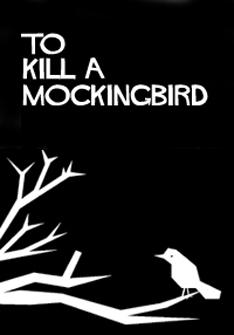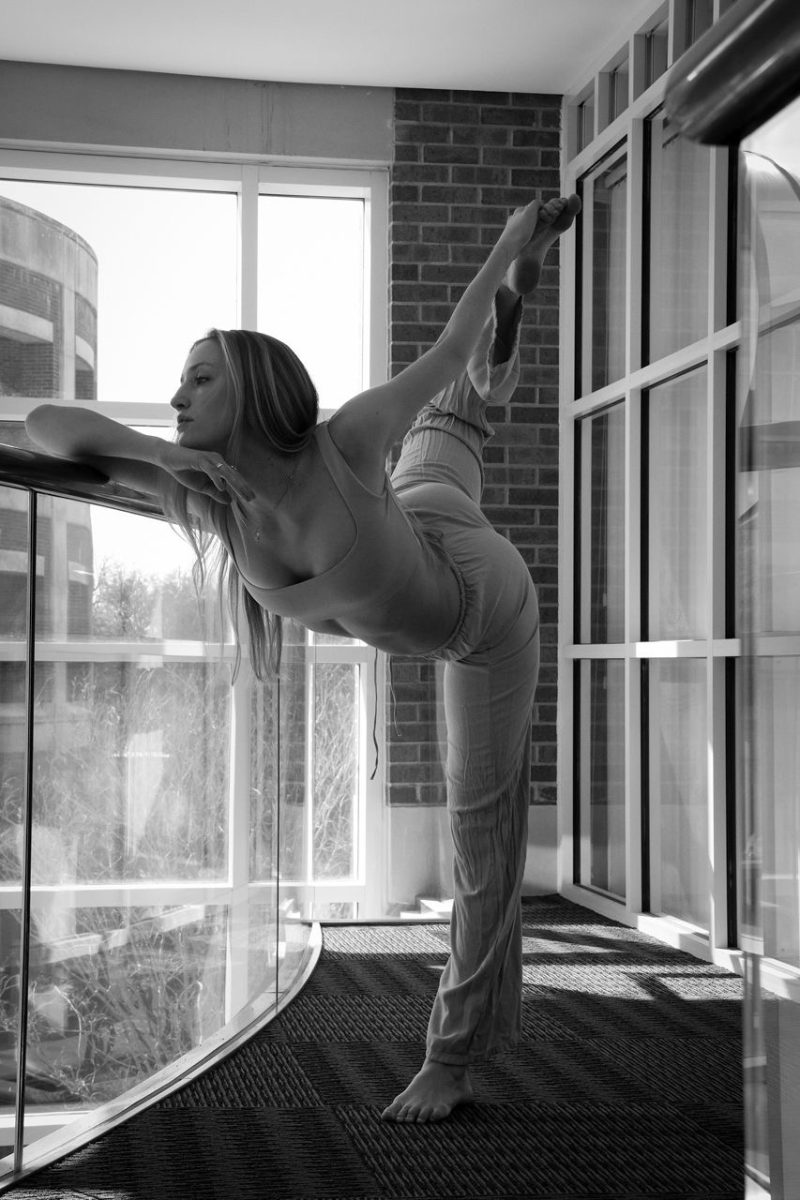
Dallas Theater Center’s productions, particularly those performed in the Wyly Theater, have garnered a reputation for theatrical innovation, often taking fairly straightforward productions and putting a unique twist to really enhance the production’s power. This production contains a subtler “Wyly-twist” than prior productions, remaining fairly traditional, but proves in no way disappointing.
“To Kill a Mockingbird,” the 1960s novel by Harper Lee, was adapted for the stage in 1990 by Christopher Sergel. The play takes place in the 1930s fictional town of Maycomb, Alabama. The plot centers on lawyer Atticus Finch and his defense of Tom Robinson, a black man accused of raping a white woman. Maycomb is a “tired old town,” and the trial has everyone, particularly Atticus’s children, Scout and Jem, captivated. As the trial escalates, race tensions run high and the town learns what a sin it is to kill a mockingbird.
The chief player of “To Kill a Mockingbird” is Atticus, played by Jeremy Webb. Webb has a big mountain to overcome from the opening: age. Atticus is a man aged 45-50, but Webb doesn’t look a day over 35.
What makes Webb’s performance so incredible is how he endows his character with age in spite of his physical appearance. The vocal delivery of Webb’s lines in particular conveys a life of wear and struggle.
Webb doesn’t seem to be a man of 50, rather a man who has been aged to 50 by what life has handed him. This trial, raising his kids alone, and rigorously sticking to his beliefs has visibly taken a toll on Atticus, and we see it in everything Webb does. There is a rare grace and sturdiness to Webb’s performance, combining the loving touch of a father with the firm hand of a man willing to lay down his life for what he knows to be right.
Sally Nysteun Vahle is a gem as Miss Maudie. Her southern grace seems to run so deeply that it’s impossible to tell where Vahle ends and Miss Maudie begins. It’s difficult to dissect her performance because Vahle presents Miss Maudie as a complete character, rather than a series of desires and characteristics applied to an actress.
Anastasia Munoz only has one brief scene as Mayella, the girl crying rape against Tom, but to say that she steals that scene is an understatement. Munoz’s performance is dangerous; she is constantly on edge, inches away from shattering what remains of her cracked composure and breaking down into mere pieces of a woman. M. Denise Lee (Calpurnia), James Dybass (Bob Ewell), Matthew Gray (Heck Tate), Aidan Langford (Dill), and Akron Watson (Tom Robinson) each likewise present truly outstanding performances.
Van Quattro, Akin Babatunde, and Pam Dougherty as Boo Radley, Reverend Sikes, and Mrs. Dubose, respectively, each had the unique task of contributing to the mural of Maycomb with relatively little to do onstage.
Quattro only has one line as Boo, but says more with the way he carries himself and his facial expressions than lines can. His single sentence invoked instant audible sighs and coos of compassion from the audience. Babatunde likewise invests just as much effort into the way he carries himself onstage to compensate for his lack of dialogue.
Dougherty, as the ancient Mrs. Dubose, does little aside from wheeling herself around in her wheelchair, but her orders to Scout and Jem are achingly funny and richly colored with character. I feel as if each of these characters has more than their own story to tell, and more importantly, that they are so real that I could walk right up to them and hear it.
Luckily, Maycomb’s potholes are few and far between. Scout’s lines are occasionally rushed and difficult to understand, and some scenes can fall flat as energy dips onstage.
While the production is fairly traditional in it’s execution, the performance has an element of added engagement in the second act: once the trial begins, the audience becomes the jury.
Intermission occurs when the judge declares a brief recess, and comments by the defense and prosecution are made directly to the audience. Just as Atticus Finch tries to convince the court of the blindness of racism in proving Tom Robinson’s innocence, so do the actors convey the play’s message of prejudice and racial discrimination.
Special note should be taken of the implementation of sound queues. Usually, when a show relies heavily on audio effects in a production, the effects detract from the production and prove a distraction. This production blends the effects into the show, adding to the drama of the scenes rather than distracting the audience.
A primary function of drama is to hold a mirror up to society and say, “this is you, this is who you are and how you act.”
“To Kill a Mockingbird” places the audience in a jury in a trial wrought with injustice and prejudice and forces them to sit silently while an innocent man is convicted of a crime he didn’t commit.
The citizens of Maycomb knew that the true crime was committing Tom Robinson to jail, just as we do, yet they remained silent. DTC’s production relayed Lee’s message by casting us as the town of Maycomb, forcing our complicity in Tom’s punishment.
Theater is about, among so many other things, invoking a new perspective, a new understanding, of the world in the audience, and this performance of “To Kill a Mockingbird” does so in spades.








